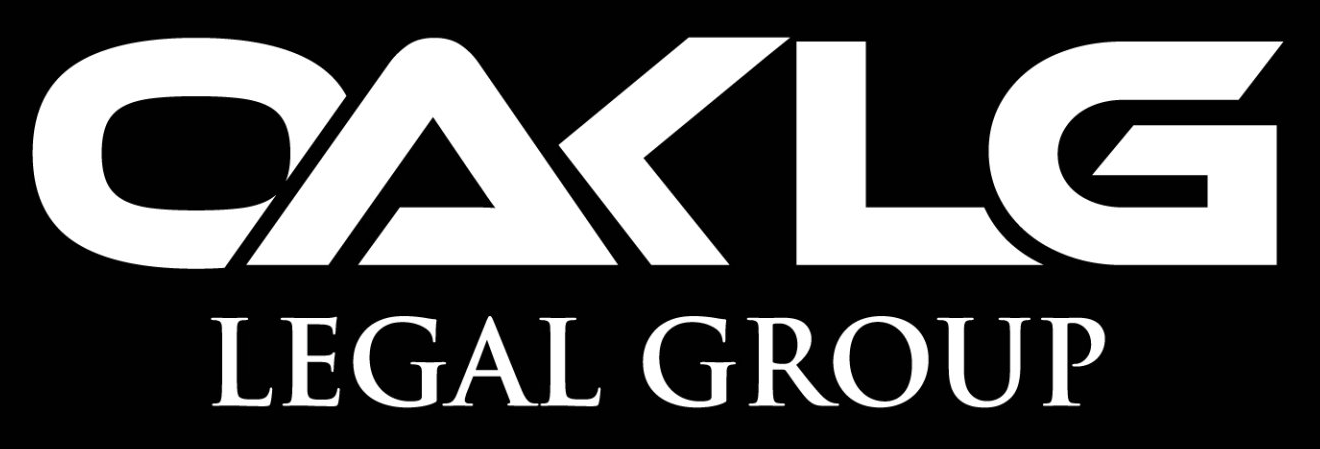
P-1 Visa Issues for International Student Tennis Players
Obtaining a P-1 visa can be difficult for up-and-coming tennis players who still need to compete on the significant tour circuit and coach at clubs in addition to their competition schedule. It is difficult because of issues with the itinerary portion of the visa application.
Obtaining a P-1 visa can be challenging for international athletes, particularly in tennis. It is challenging because the P-1 VISA is only suitable for participating in competitions and related activities, such as sponsorship events and media appearances leading up to matches. It does not allow for actions like opening up or working as an instructor at training facilities. Additionally, the P-1 requires that the athlete participates in competitions that involve internationally recognized athletes, which can be difficult for many up-and-coming tennis players to meet as they do not qualify for these tournaments yet.
Filing O-1 visas for International Student Tennis Athletes Instead of P-1
We have had success in our practice in filing both P-1 visas and O-1 visas simultaneously for international student tennis players who are making the transition to the professional level. This proactive approach allows us to anticipate any potential issues that may arise with USCIS. It ensures that the itineraries of these talented athletes include top-level competitions from these organizations:
Association of Tennis Professionals - ATP- Women’s Tennis Association - WTA
- World Team Tennis - WTT
USCIS recognizes the various levels of tournaments organized by these organizations and tends to approve P-1 cases that feature significant contests. These tennis organizations also provide valuable support to athletes by issuing consultation letters that acknowledge qualified players for these tournaments. It's important to note that players who are just starting in professional tennis or have a low ranking in the world rankings may not receive a letter of recommendation from these organizations.
We also filed O-1 visas for these individuals because there is no requirement to participate in top-level competitions, and the O-1 VISA allows for more flexible work authorization at clubs. Additionally, if an athlete is granted an O-1 VISA, they or their petitioner can bring in additional tennis players for various activities under the O-2 Essential Support Staff VISA.
While the O-1 visa has more stringent eligibility criteria than the P-1 visa, it is often the best choice for many tennis players. Our team has successfully utilized junior national team and collegiate accomplishments to secure O-1A approvals for tennis players, even if they have yet to be ranked highly in international rankings. Despite the added complexity, the O-1 visa can be a valuable tool for these athletes to continue pursuing their passion and growing their careers in the sport."
International Student Tennis Players, P-1 Visas & Name Image Likeness Issues
International students who use college schedules for P-1 visa applications may face challenges in the itinerary portion of the application process, as USCIS tends to scrutinize professional tennis schedules that are at a lower level of competition. This issue could be less of a concern for major sports such as football and basketball, with large revenue contracts with TV broadcasters, similar to major sports leagues. However, it's important to note that even in these cases, it's essential to be thorough and detail-oriented when preparing the itinerary for a P-1 visa application.
While it has yet to be definitively known which collegiate sports itineraries can independently qualify for a P-1 visa, a P-1 itinerary for a collegiate athlete may need to include competitions outside their collegiate schedule. This option may be more feasible in sports such as track and field, where athletes regularly compete alongside collegiate and professional athletes. In sports such as football, it may be less likely as an athlete typically competes either as a collegiate player or a professional."
Suppose an athlete plays another professional sport, such as e-sports, and it does not impact their college eligibility for baseball. In that case, they may be able to obtain a P-1 visa for their esports itinerary. Doing so would allow them to compete during the college season in baseball and still receive Name, Image, and Likeness (NIL) consideration due to their P-1 visa for esports. College season does not directly pay the athlete for the competitions, which is permitted under immigration law.
In most cases, P-1 visas will likely be granted based solely on collegiate competitions, particularly in sports like tennis, where there is a well-established professional tournament organizer in the United States. To address this issue, we recommend adding additional competition to itineraries in these situations or considering the O-1 visa instead of the P-1 VISA.
Oakhurst Legal Group |
info@oaklg.com | Sherrod Sports Visas |
www.sherrodsportsvisas.com
Oakhurst Legal Group Headquarters
SDS SPORTS AGENCY | SHERROD SPORTS VISAS | LPS Consular Service
2022 & 2023 All rights reserved by Law Firm based in Charlotte, North Carolina. Premier legal services for teams, university, individuals, businesses, entrepreneurs, and more. Experience with local city, state and federal policy in prime service areas of police misconduct, trademarks & immigration law. Our attorneys pride themselves in upholding privacy rate and top notch service to the community. Nothing on this website which contains general information should be taken as legal advice for any reason. No attorney-client relationship is created from viewing this website or completing an intake sheet. Please follow our content on Facebook, Tik Tok, Instragram, twitter, Youtube and other social media sites for more information.
Proud National Certified Minority Owned Law Firm
© 2023 All Rights Reserved. Created by Olive + Ash. Managed by Olive Street Design.




